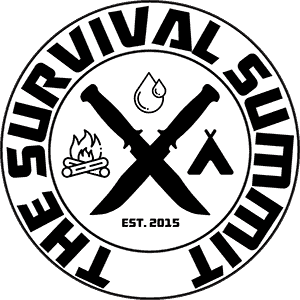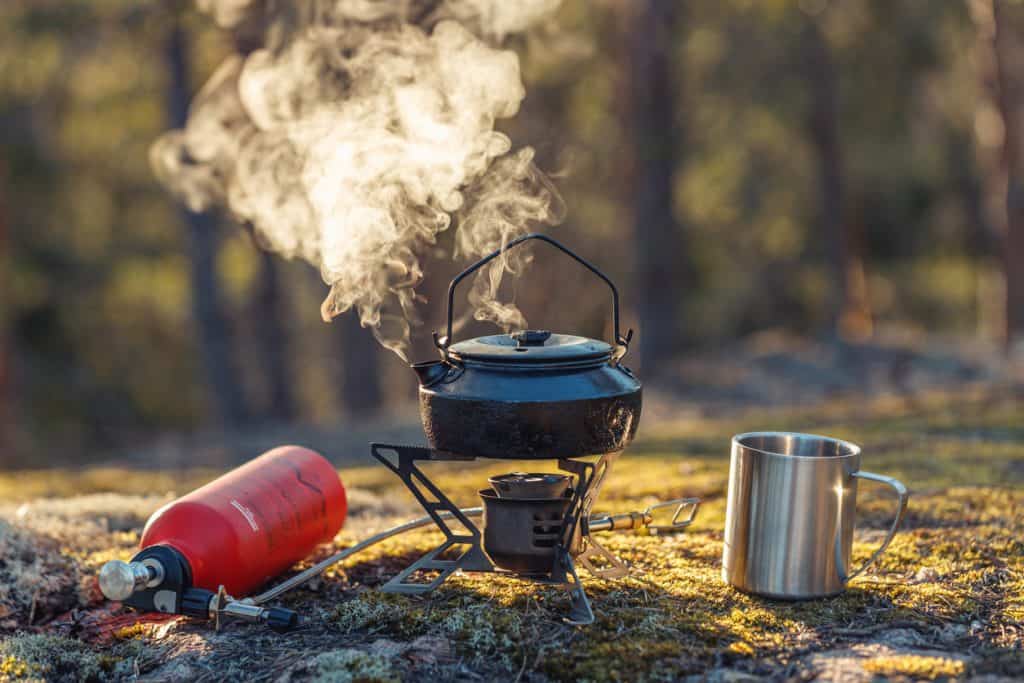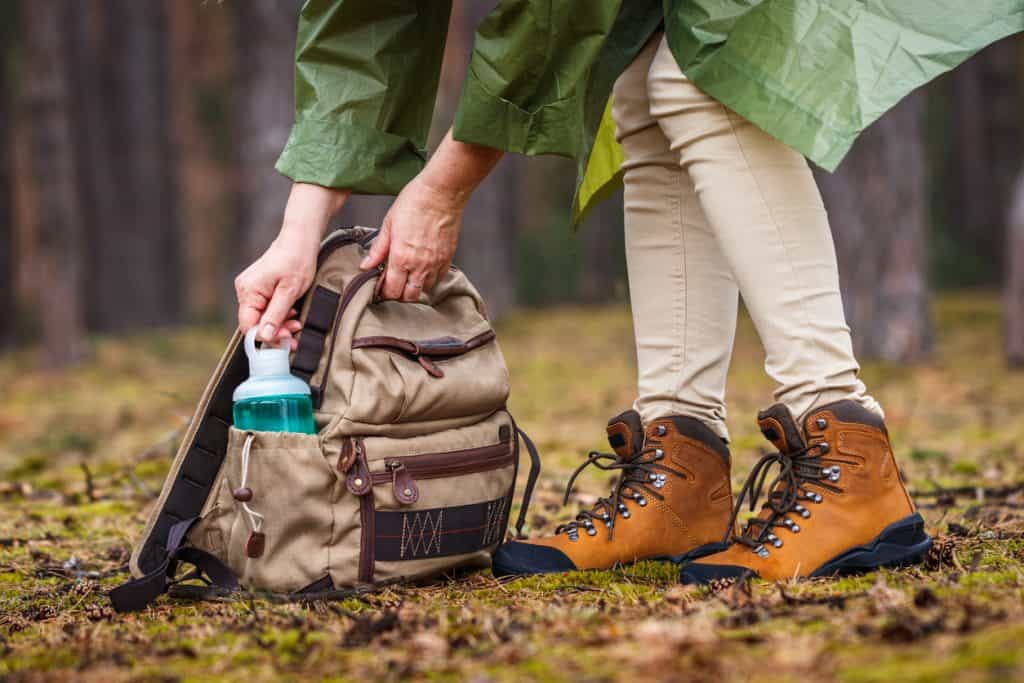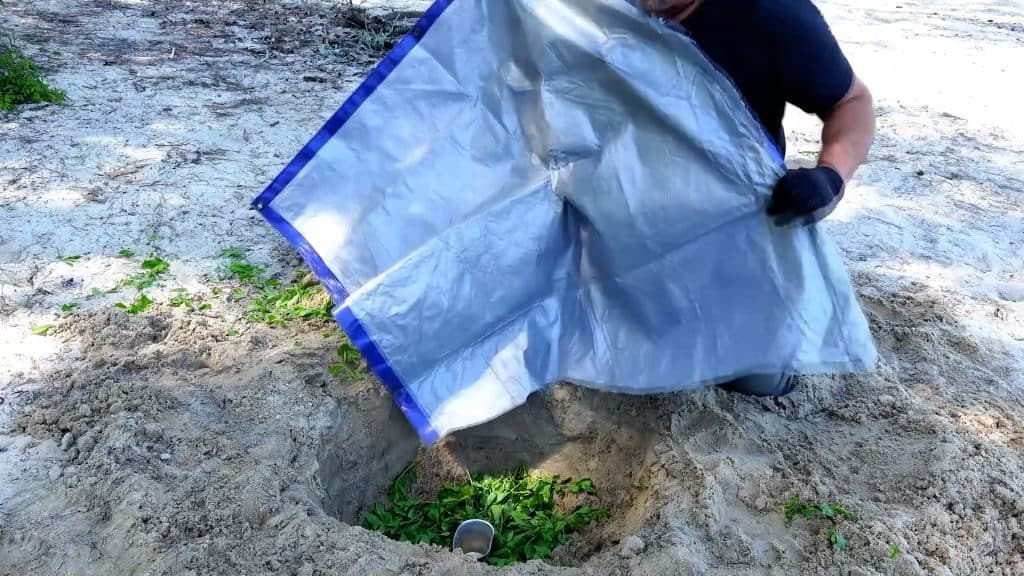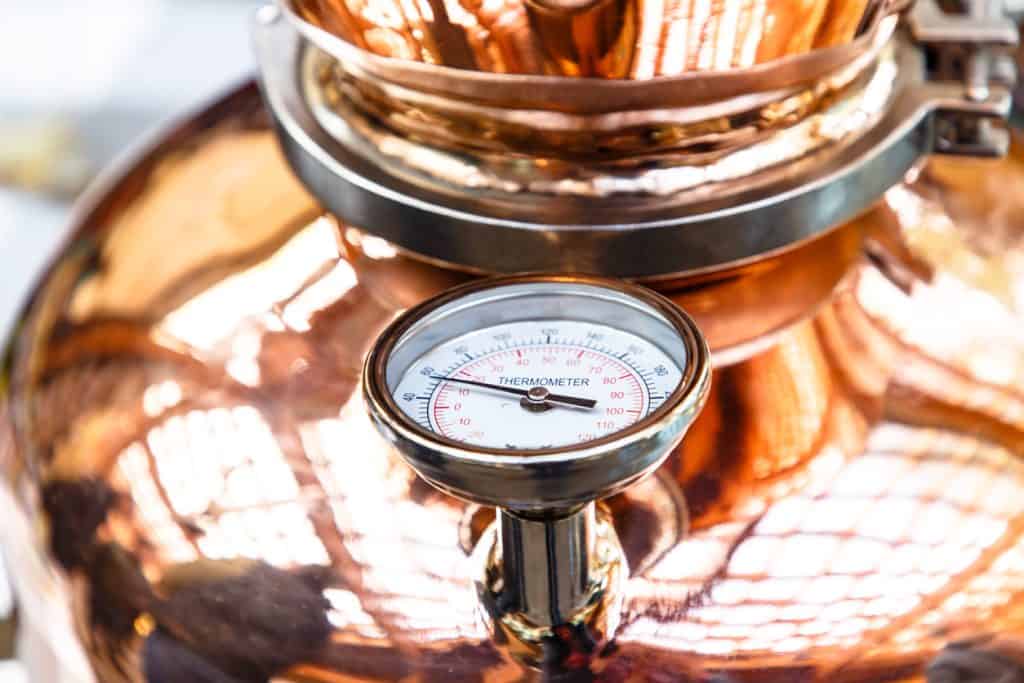Top Methods for Purifying Water: A Survival Expert’s Guide
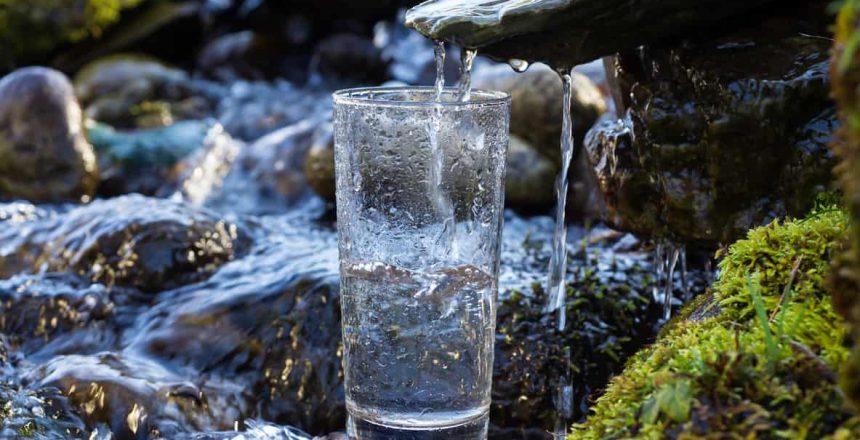
Introduction
Purifying water is essential for maintaining your health and well-being in various situations, from outdoor adventures to emergencies. This comprehensive guide will delve into the best methods for purifying water, ensuring you have access to clean and safe drinking water in any circumstance.
Boiling: The Classic Technique
Boiling water is a time-tested method for killing harmful bacteria, viruses, and parasites. Follow these steps to purify water using this technique:
- Collect water: Gather water from a clean source, avoiding stagnant or murky water if possible.
- Heat water: Bring the water to a rolling boil in a pot or container over a heat source, such as a stove, campfire, or portable burner.
- Boil for one minute: Maintain a rolling boil for at least one minute to kill microorganisms effectively. If you’re at an altitude above 6,500 feet, boil for three minutes.
- Cool and store: Allow the water to cool before transferring it to a clean, food-grade container for storage.
Filtering: Removing Particles and Pathogens
Water filters are a popular choice for removing impurities and pathogens from water. These devices use various filtration methods, such as activated carbon or ceramic filters, to eliminate contaminants. Here’s how to use a water filter effectively:
- Select a filter: Choose a water filter certified to remove bacteria, viruses, and protozoa, meeting the NSF/ANSI Standard 53 or 58.
- Follow manufacturer’s instructions: Each filter has specific instructions for use, so be sure to follow the guidelines provided by the manufacturer.
- Backflush the filter: Regularly clean your filter according to the manufacturer’s recommendations to maintain optimal performance.
Chemical Treatment: Purifying with Tablets or Drops
Chemical treatments, such as water purification tablets or liquid drops, are lightweight and portable options for purifying water. These treatments typically contain chlorine, iodine, or chlorine dioxide, which kill microorganisms. To use chemical treatments effectively:
- Choose a product: Select a chemical treatment designed for water purification, ensuring it is effective against bacteria, viruses, and protozoa.
- Follow the instructions: Adhere to the product’s guidelines regarding dosage, treatment time, and any additional steps.
- Wait for the treatment to work: Allow the recommended amount of time for the chemical treatment to neutralize contaminants before consuming the water.
Solar Disinfection: Harnessing the Sun’s Power
Solar disinfection (SODIS) is a cost-effective and environmentally-friendly method for purifying water using the sun’s ultraviolet (UV) rays. This method is suitable for clear water and requires sunlight exposure for several hours. To use SODIS effectively:
- Collect clear water: Gather water from a clean source, ensuring it is relatively clear and debris-free.
- Fill a clear plastic bottle: Fill a plastic or glass bottle with water, leaving some air space at the top.
- Expose to sunlight: Place the bottle on a reflective surface, such as aluminum foil, and expose it to direct sunlight for at least 6 hours on a sunny day or two consecutive days on a cloudy day.
- Consume or store: Drink the water directly from the bottle or transfer it to a clean container for storage.
Distillation: Separating Pure Water from Contaminants
Distillation is a process that involves boiling water and capturing the resulting vapor, which is then cooled and collected as pure water. This method effectively removes many contaminants, including bacteria, viruses, and chemicals. To perform distillation for water purification:
- Assemble a distillation apparatus: You can create a simple distillation system using a heat source, a container for boiling water, a collection container, and tubing or a condensation coil to collect the distilled water.
- Boil the water: Heat it in the boiling container until it produces steam.
- Capture the steam: Direct the steam through the tubing or condensation coil, allowing it to cool and condense back into the water.
- Collect the purified water: As the steam condenses, the purified water will flow into the collection container, separated from the original contaminants.
- Store the distilled water: Transfer the purified water to a clean, food-grade container for storage or consumption.
Choosing the Right Method for Your Situation
Each water purification method has its unique advantages and disadvantages. When deciding which method to use, consider the following factors:
- Water source: The quality and clarity of your water source may dictate which method is most appropriate. For example, murky or heavily contaminated water may require filtration or distillation, while clear water can be treated with chemical tablets or solar disinfection.
- Availability of resources: Your access to resources, such as heat, sunlight, or specific equipment, will impact your choice of purification method.
- Portability: If you are on the go, consider lightweight and portable options like chemical treatments or compact water filters.
- Energy consumption: Some methods, like distillation or boiling, require a significant amount of energy, which may be a limiting factor in certain situations.
Conclusion
Water purification is essential for ensuring access to clean, safe drinking water in various scenarios. By familiarizing yourself with these methods and choosing the most suitable option for your situation, you will be well-prepared to face any challenges.
Looking for our main Gear List? Click HERE.
